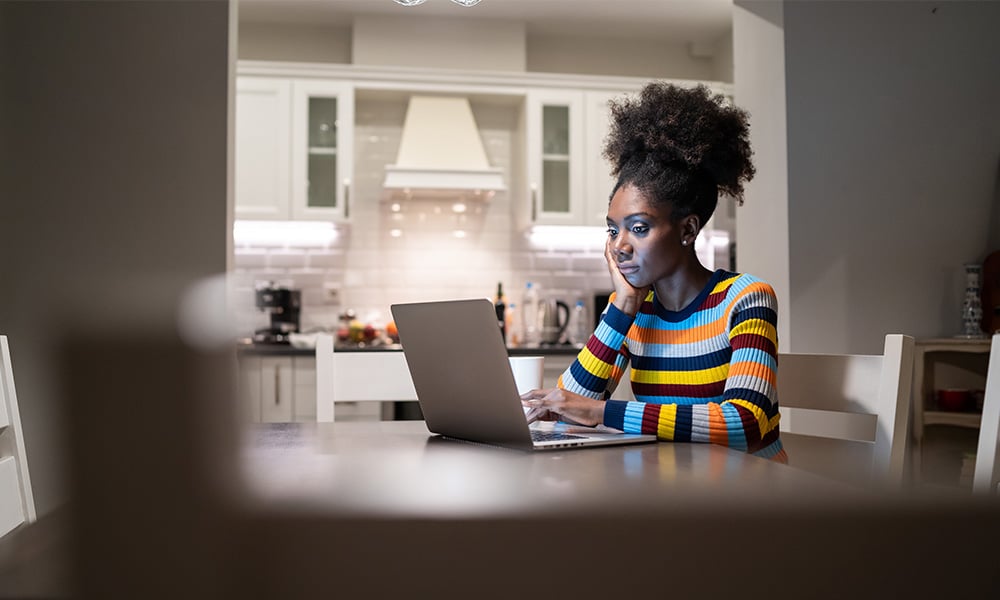
Keep your at-home workers safe and well, and you'll do more than meet your legal obligations

When the Health and Safety at Work Act came into effect in 2016, who could have foreseen that, just five years on, more than 40% of Kiwis would be doing at least part of their work from home? That was during COVID levels 3 and 4, but we got a taste of flexible working… and we liked it.
Which means that employers’ legal duty to keep staff safe now extends to living rooms, home offices, family kitchens or whichever space at-home workers can find.
Aside from that legal obligation, setting up employees with optimum work conditions – whether it’s at your inner-city HQ or their rural lifestyle block – shows you’re fully on board with a hybrid arrangement and will do everything reasonably possible to make it work. And, in today’s climate, with near full employment and companies eager to attract and retain staff, it’s a good message to get across, says Craig Furness, CEO NZ of global claims management specialist Gallagher Bassett.
“People have an expectation that employers will offer an element of flexibility, and having well developed processes to facilitate that flexible working really helps.”
While over the past year some 60% of Gallagher Bassett employees have been working from home in some capacity, the organisation hasn’t seen any injuries since last year’s level 4.
“That is a clear indication that if you get your work-at-home guidelines, processes and checks in place, you can avoid people having these sorts of accidents,” says Furness.
So how do you get those guidelines right?